- Architect
Avenier Cornejo architectes - Location
Paris, France - Completion Date
May 2022 - Structural Engineering
EVP Ingénierie - Quantity Surveyors
Bureau Michel Forgue - Landscape
BASE - Green Credentialing
ETAMINE - Consultant
SemPariSeine
- Brick
Kolumba by Petersen Tegl - Brick Distributor
Harpage - Brick Installation
Delta Sud - Brick Support Bracket
Etanco - Wood Joinery
Bildau Bussmann - Sun Shades
Lamisol III by Griesser
Parisian firm Avenier Cornejo architectes’ restructuring and extension of the Sara Weill-Raynal Nursing Home uses a Kolumba brick facade to reclad the original structure. The city-run Centre d’Action Sociale de la Ville de Paris (CASVP) program, whose goal is “to improve the quality of care facilities across Paris,” completed the senior care accommodation last month.
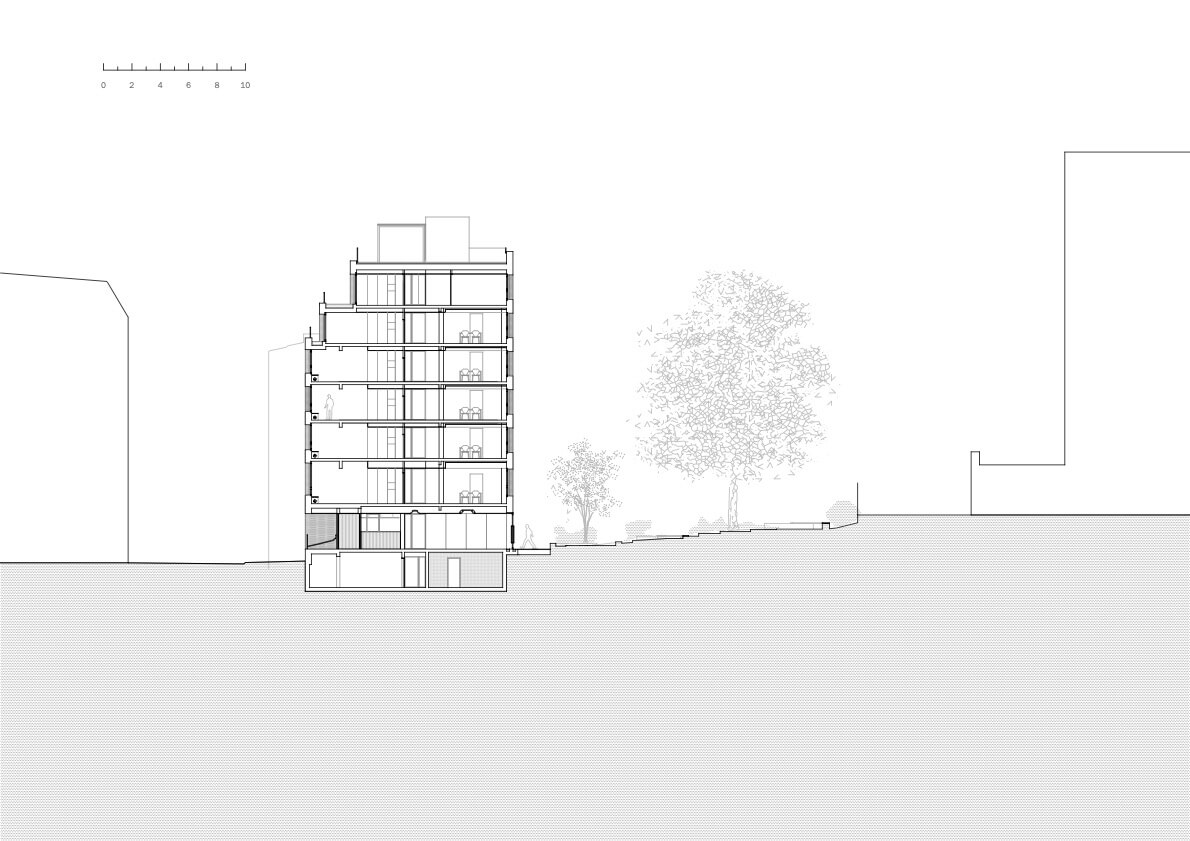
Renovations on the facility, which contains 94 residences, became necessary as living conditions needed upgrading, and provided an opportunity for more square footage for residences and a program that would better suit the needs of caretakers. Setbacks on the fifth and sixth floors allowed for a 4,950 square foot addition—compliant with local building codes—without expanding the building’s footprint into the garden. Avenier Cornejo also sought to “establish a sense of programmatic coherence and urban legibility,” according to partners Christelle Avenier and Miguel Cornejo, particularly given the street’s density and site constraints.
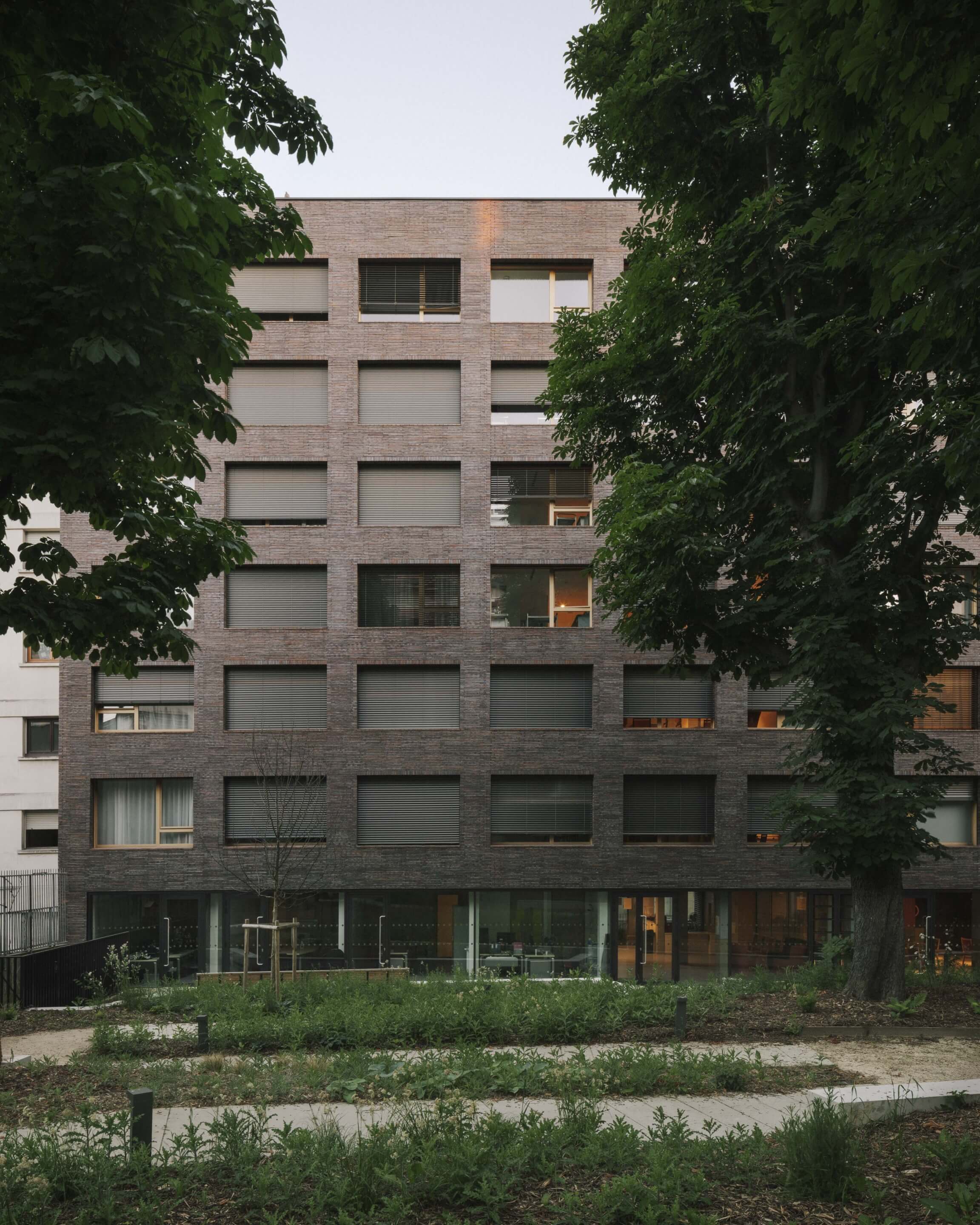
The design team centrally located dining spaces, leaving them open to circulation areas to encourage social interaction outside of the residences. Living quarters were “ergonomically” designed, with spaces optimized to ensure residents receive the best care possible. Rooms are also exposed to ample natural lighting, with sunshades providing privacy without isolating occupants from the outside. A courtyard garden contributes a quiet space for residences while meeting a range of mobility needs, and does not border the street.
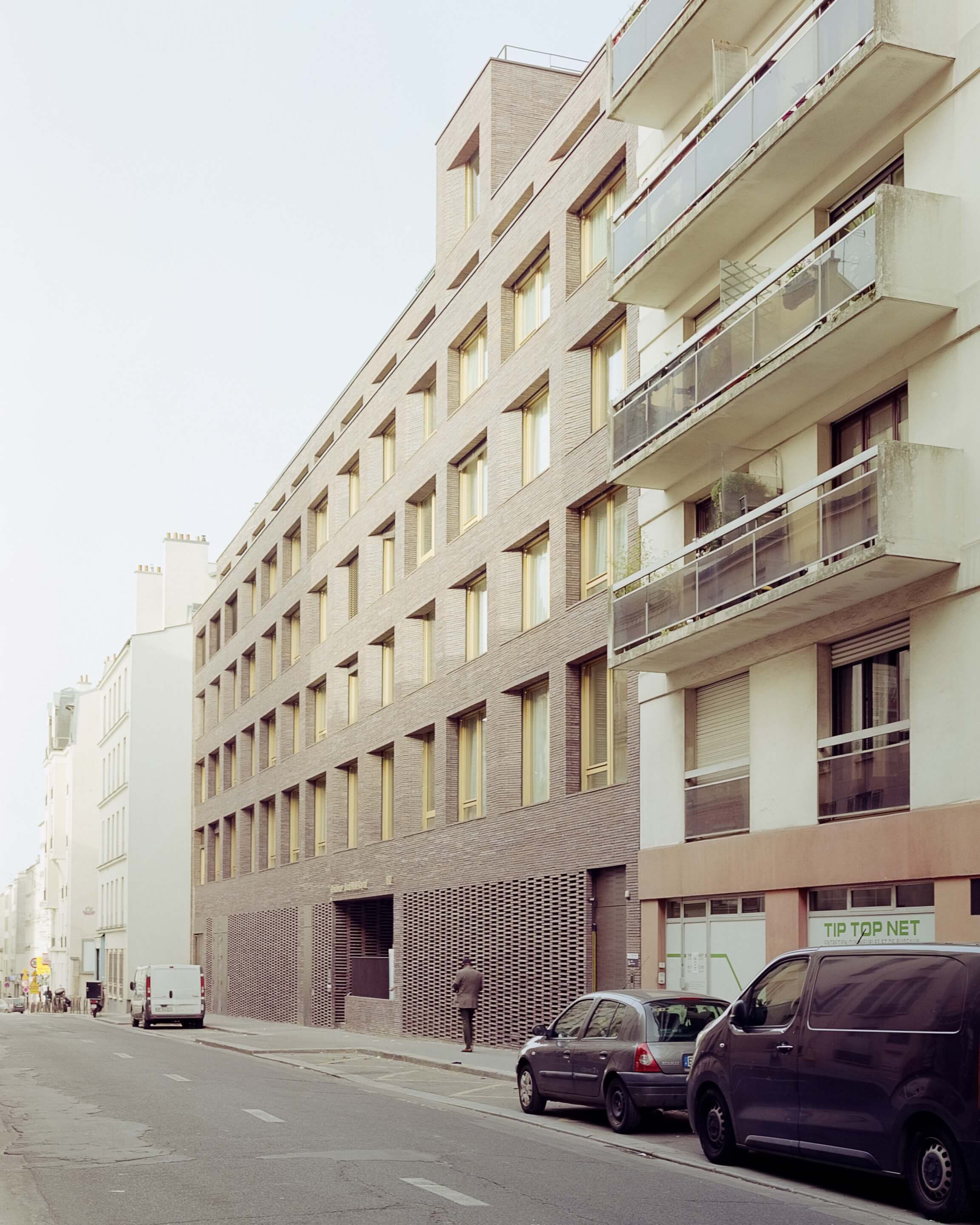

Construction started in 2018; the project’s phasing was complex, supply chain constraints delayed the delivery of bricks and road access to the site was limited. Construction workers used a lifted platform—spanning the entire facade—so two teams could be working simultaneously. The timeline was further complicated by the dense brick, which is difficult to cut. Avenier and Cornejo noted that they spoke directly with manufacturers throughout the design process so as to incorporate product constraints into the design process as early as possible. The team was able to make a number of adjustments with manufacturers during the construction phase, resulting in a full-scale mock up prior to installation.
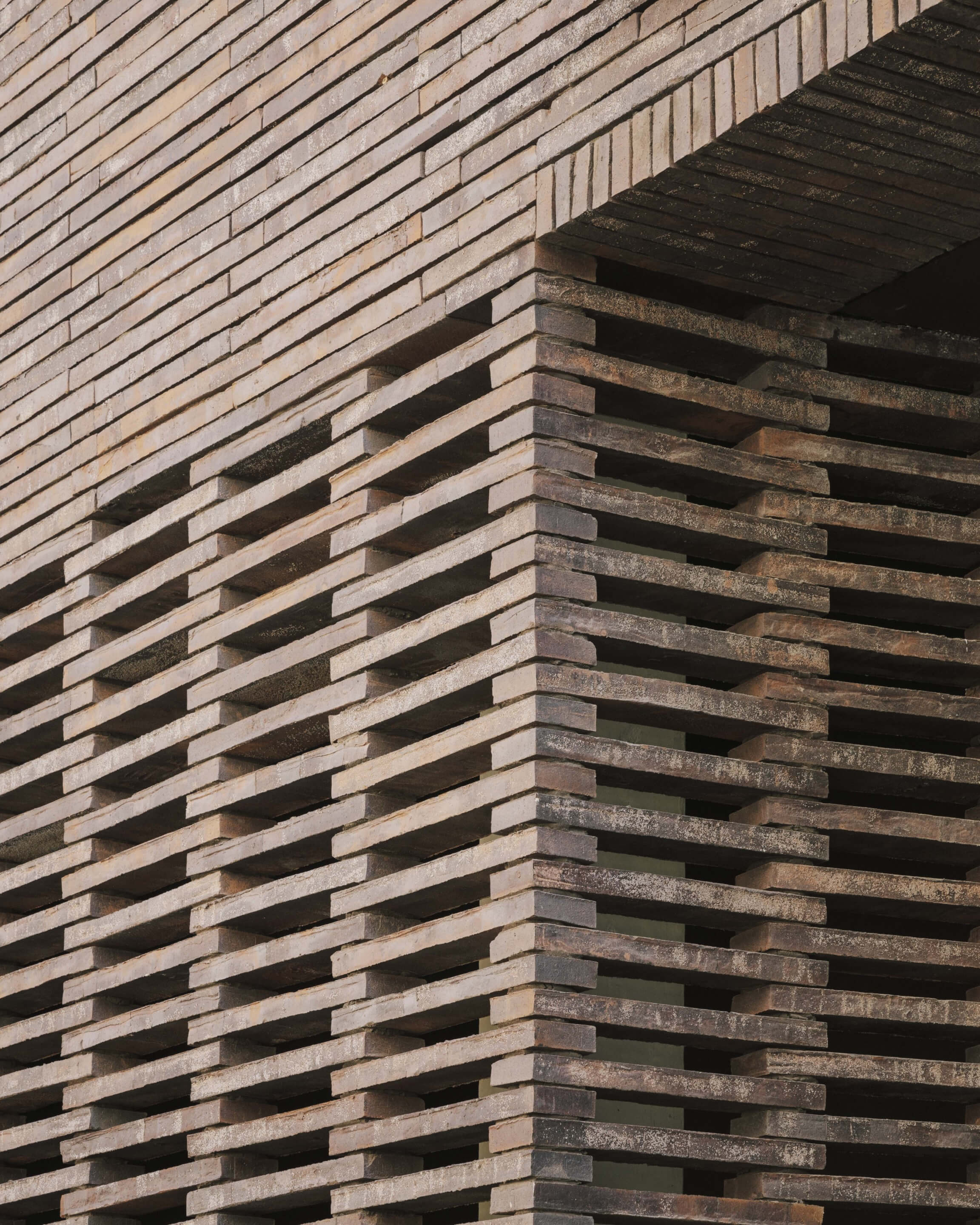
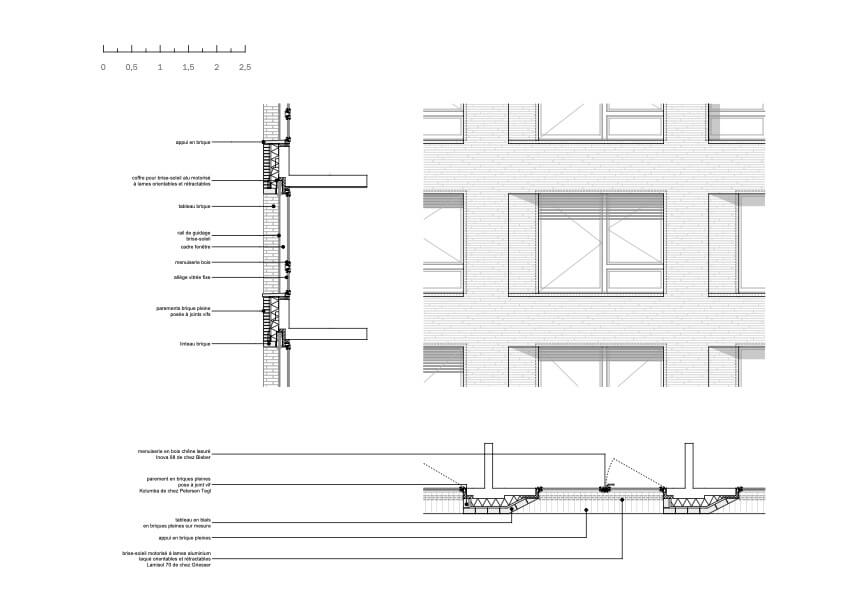
The design team sought to retain as much of the remaining structure as possible, for both cost and environmental reasons. Keeping the original shell and foundation of the building allowed the team to not only retain the original size, save for the expansion on the two uppermost floors, but to “recycle its structural skeleton,” paying off considerably in carbon costs. Avenier and Cornejo added that a brick facade was also desired for its durability and adaptability under climatic variations.
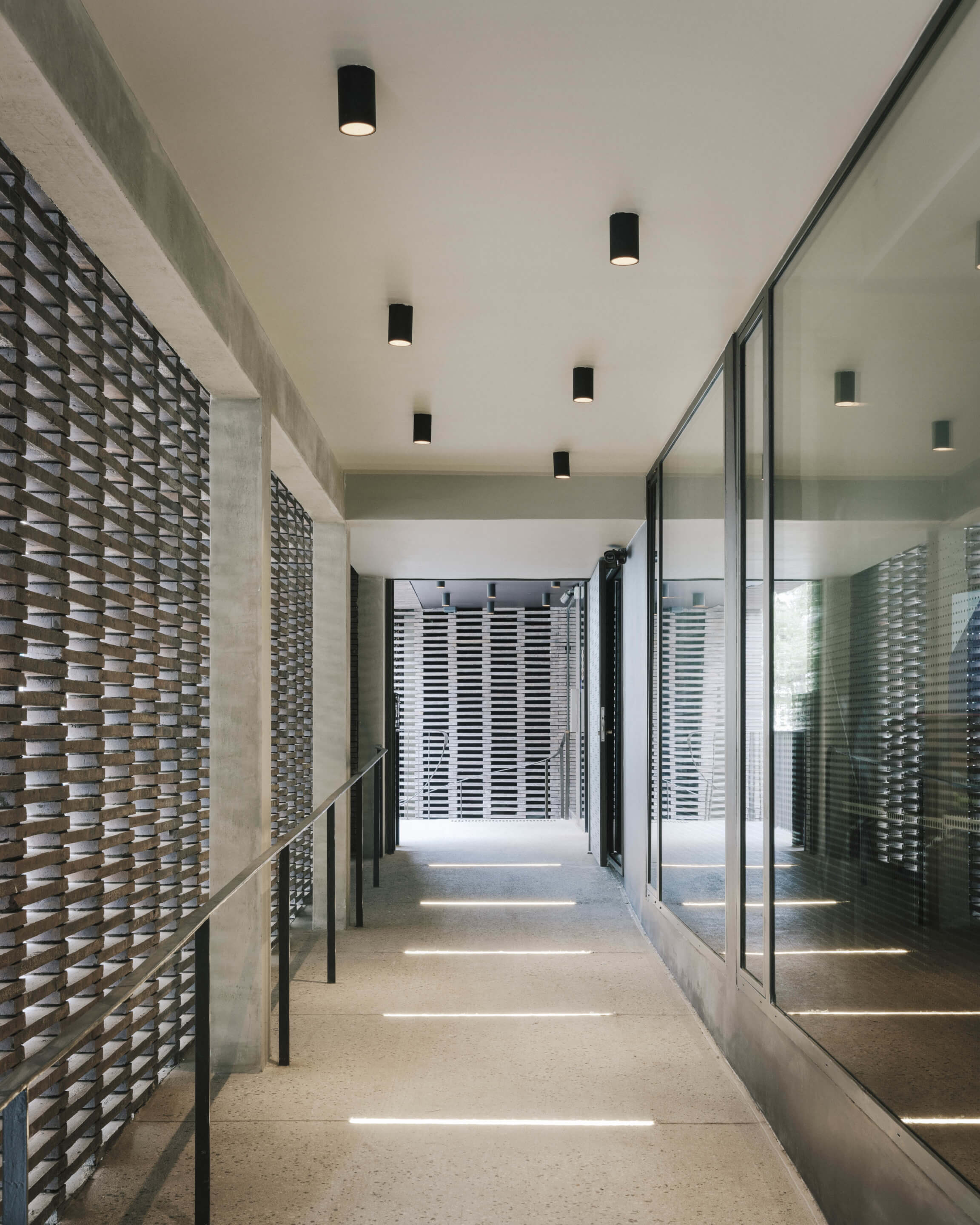
The Kolumba brick—wrapping the building’s entire facade apart from windows—was chosen in order to “give the facility and its users a sense of nobility and dignity, doing away with negative preconceptions about care homes,” said Avenier and Cornejo. Measuring 528 by 108 by 37 centimeters (207.8 by 42.5 by 14.5 inches), the bricks manufactured by Petersen Tegl were chosen for their durability and aesthetic connection to the area’s surrounding brick. As Avenier and Cornejo explained, “the brick mashrabiya screen punctuating the main facade creates a delicate connection between the common areas and the ground floor on the street,” while the flat proportion of the Kolumba brick “enriched” the project’s overall design. Furthermore, customized brick sizes for corners and window sills were made possible by the handmade manufacturing process of Kolumba brick.
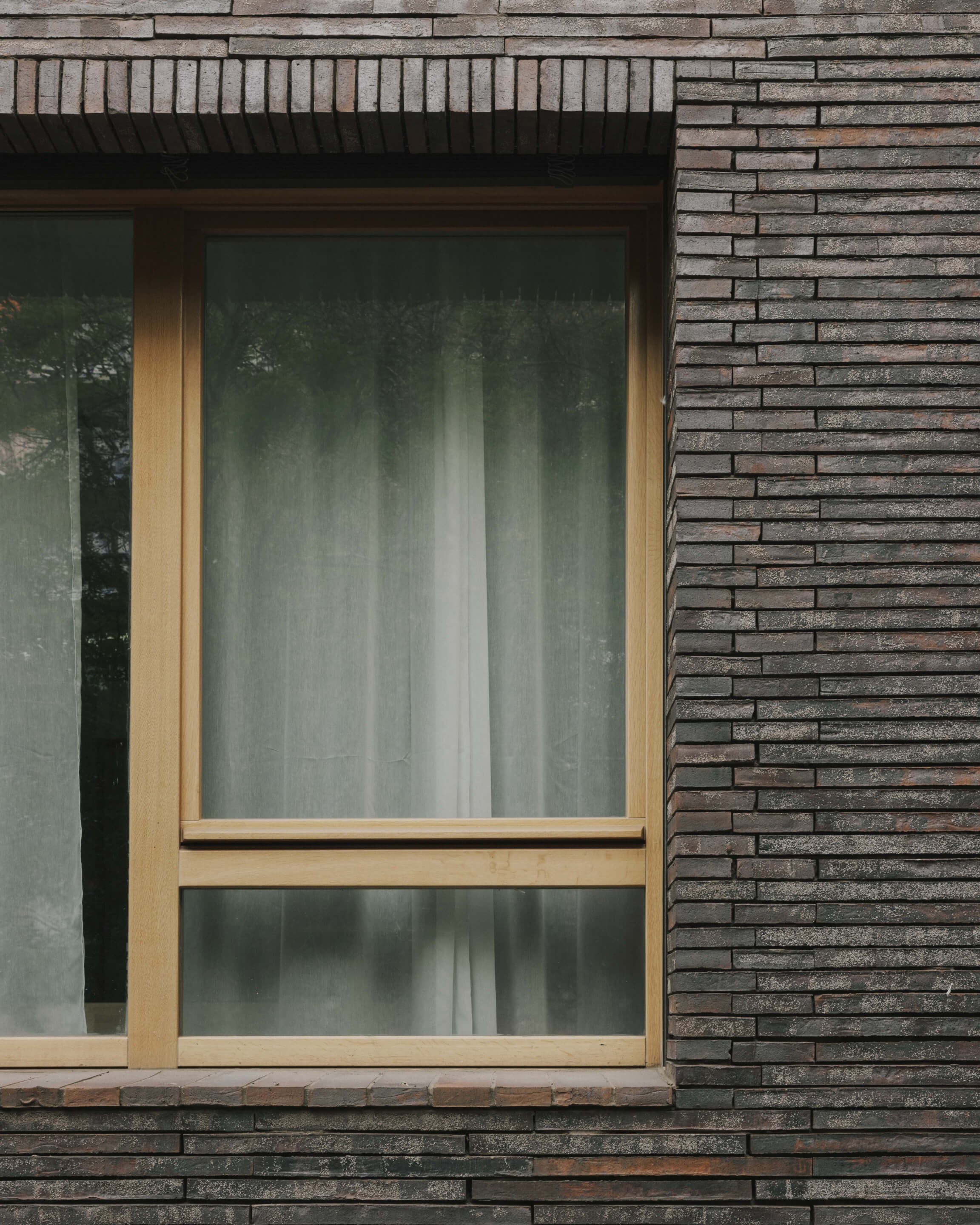
The design team maximized window size given the amount of time many residents spend indoors. The glazing also needed to provide a high level of thermal comfort and privacy. Motorized external sun shades, manufactured out of aluminum, were attached to oak windows. Materials were chosen for their durability, desire for a modern aesthetic, and environmental standards. The building meets the demands laid out in the City of Paris Climate Plan.











